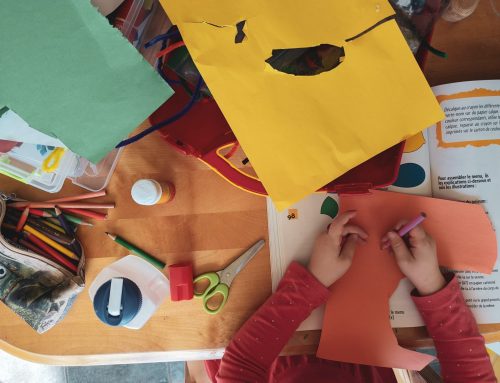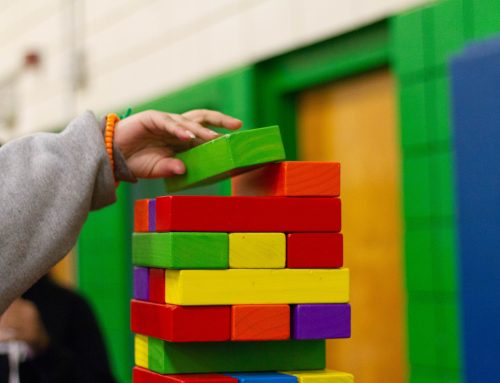Has your child recently been diagnosed with autism? Are you feeling overwhelmed with the many ASD therapy options and approaches available? If so, you’re not alone. Autism Spectrum Disorder (ASD) encompasses a wide range of behaviors, challenges, and needs, which means that there is no one-size-fits-all treatment plan that will work for every child and family.
The good news, however, is that your child can benefit from a number of proven therapies and treatment interventions that can help them build skills, develop positive routines, and address developmental delays. The key is to understand that each type of treatment should be customized to the unique needs and challenges of your child and family for the best results.
Types of ASD Therapy
The goal of any ASD therapy should be to help your child improve functional skills, address deficits, and minimize the impact of behavioral challenges. Different types of therapy will seek to accomplish these goals in different ways. Let’s start by taking a look at some proven and popular ASD therapy models.
ABA Therapy
Known as the gold standard for autism treatment, ABA therapy uses personalized treatment plans within daily routines to help children build skills and replace challenging behaviors. ABA therapy has a long-proven history of success, with numerous research studies showing significant benefit for children in areas like social skills, cognitive ability, language skills, and educational outcomes.
Individual treatment goals will be determined by a Board-Certified Behavior Analyst (BCBA) who will work with your child’s care team and with your family to help your child make progress. These goals may include:
- Improving social interactions
- Building and working within daily routines
- Transferring skills to new environments
- Learning age-appropriate daily living skills
- Building confidence in social settings
- Practicing communication skills
Each goal will identify specific desired behaviors and break them down into small steps that can be mastered one at a time. The best approach will depend on factors such as your child’s age, abilities, needs, and challenges.
Occupational Therapy
Occupational therapy encompasses a broad range of interventions primarily centered on developing skills needed for daily living at home, work, and school. For example, an occupational therapist may help children with:
- Sensory integration
- Play skills
- Motor skills
- Attention and stamina
- Physical activities
- Developmental activities
Many occupational therapists work with children in the context of their school or home, helping them with things like getting dressed, brushing teeth, improving balance and coordination, and much more.
Speech Therapy
Children with Level Two and Three autism typically experience moderate to severe delays in speech and language development. Some of these children are non-verbal, while others follow rigid patterns of speech, struggle to understand gestures, or babble using non-word sounds. If your child has been diagnosed with Level One autism, they may have average language skills but may struggle with back-and-forth conversation or social cues.
Speech therapy can help children at all levels make progress in their language and communication skills. Goals may include practicing movements of the mouth and tongue needed for speech, learning to communicate using pictures or signs, improving enunciation and cadence, and much more. Speech therapy may also extend beyond the mechanics of speech to include understanding social cues, practicing conversations, and learning to listen to the ideas of others.
Play Therapy
Play therapy is a commonly used ASD therapy for young children. By interacting with children during playtime sessions, therapists can begin to address things like social play, words and language skills, attention span, and interaction with others. Play therapy may take place in a group setting with other children or one-on-one with a therapist.
Cognitive Behavioral Therapy
Autism spectrum disorder sometimes occurs alongside other conditions like anxiety or ADHD. Cognitive behavioral therapy may be a good fit for these needs because it teaches children to recognize unhelpful thought patterns and gives them tools to change those patterns. In this way, cognitive behavioral therapy can help change behaviors by addressing the thought patterns behind those behaviors.
Which ASD Therapy Is Right for Your Child?
There is no one right answer to this question that will be the best fit for every child. Many children benefit from a combination approach that incorporates different kinds of therapy to achieve different goals. For example, your child may benefit from ABA therapy to help them incorporate behavioral skills into their routines, and speech therapy to address language delays.
Remember that early intervention is key to getting the best results. The earlier you can start therapy with your child, the better. However, if your child was not diagnosed until a later age, it’s not too late! They can still receive many benefits from working with a certified therapist to learn skills and overcome challenges. Start by talking with your child’s care team to determine which kinds of therapy will best meet the needs of your child and your whole family.





